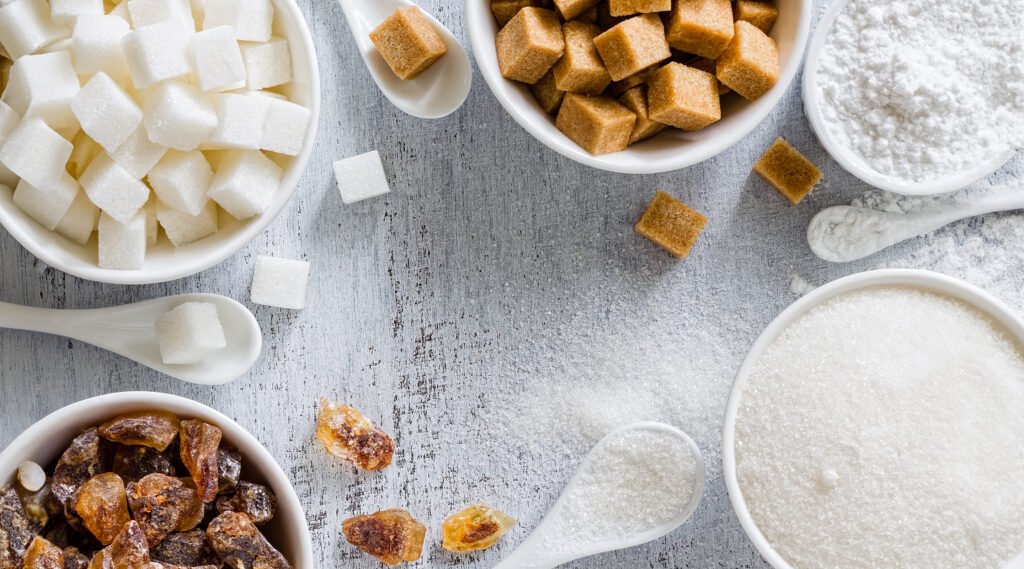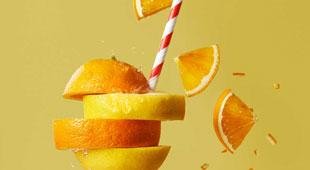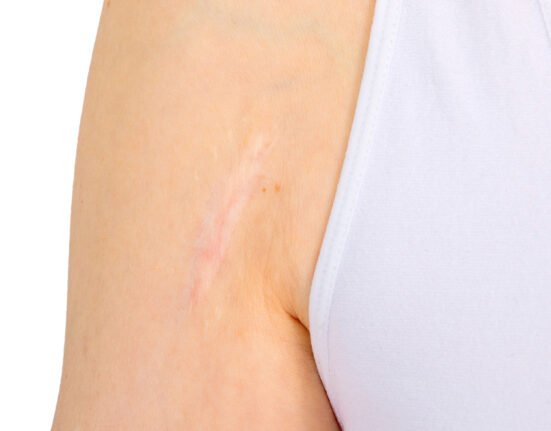Have you been avoiding cookies, cakes, and other sweet treats to live a healthier life? Great job. Your effort deserves a big thumbs-up!
But here’s the thing: many of us still consume more sugar than we realize. That’s because sugar often hides behind unfamiliar names on the labels of everyday packaged foods.
Read more: https://gwswellness.com/health/managing-blood-sugar-the-key-to-living-well-with-diabetes/
How Much Sugar Is Too Much?
The World Health Organisation (WHO) recommends limiting added sugar intake to no more than 24 grams, approximately six teaspoons, per day.
A simple way to measure: 1 teaspoon of sugar equals roughly 4 grams.
The challenge? Identifying which sugars are added, because not all food labels make this obvious.
Get to Know the Many Names of Sugar

When reading food labels, you might only see “total sugars” without knowing whether it’s natural (from fruits or dairy) or added during processing.
Unlike natural sugars, added sugars offer no nutritional benefits and can be disguised under various names.
Look out for:
- Words that include “syrup”, like: corn syrup, brown rice syrup
- Words ending in “-ose”, such as fructose, sucrose, maltose, dextrose
- Words that contain “sugar”, like: cane sugar, palm sugar, or confectioner’s sugar
- Other sweeteners that also count as added sugar: honey, agave, molasses, fruit juice concentrate, and fruit nectar
What About Artificial Sweeteners?
Some products use zero-calorie sweeteners, such as sucralose, aspartame, saccharin, or stevia.
These don’t spike blood sugar and may help reduce calorie intake when used in moderation.
While generally considered safe, overconsumption may cause side effects such as bloating or diarrhea in some individuals.
Watch Out: Foods That Often Contain Hidden Sugar
You may be eating more sugar than you think from foods that seem “healthy” or “harmless,” such as:
- Condiments and sauces, such as ketchup, BBQ sauce, salad dressings, and pasta sauces, often contain added sugar, even though they may taste savoury.
- Protein bars and flavoured yoghurt: While high in protein, many are also high in sugar.
- Flavoured creamers and milks, such as those in vanilla, chocolate, or strawberry flavours, often contain added sugar.
- Granola, instant oatmeal, and cereal: They may seem healthy, but are often sweetened with sugar or honey.
- Canned fruits and jams: Choose options in juice rather than syrup, and look for no-added-sugar versions.
- Packaged drinks, such as sports drinks, bottled coffee, and iced tea, can contain significant amounts of hidden sugar.
Simple Tips to Cut Down on Sugar
- Get in the habit of reading nutrition labels before buying packaged foods or drinks
- Look for “no added sugar” or “unsweetened” options
- Choose whole, unprocessed foods like fresh fruits, vegetables, and whole grains
- When you want something sweet, use fresh fruit, cinnamon, or natural vanilla extract as healthier alternatives
Cutting back on sugar doesn’t mean giving up sweetness. By becoming more aware and making smarter choices, you can still enjoy delicious food without sacrificing your health.
References
Cancervic. Accessed in 2025. Exposing the hidden sugar in your diet.
Hopkins Medicine. Accessed in 2025. Finding the Hidden Sugar in the Foods You Eat.
WebMD. Accessed in 2025. Surprising Sources of Hidden Sugar.














Leave feedback about this